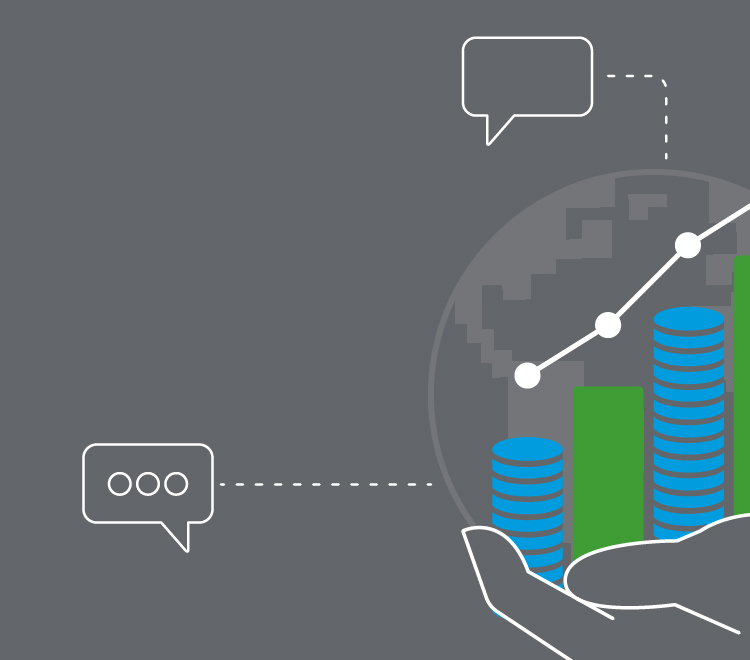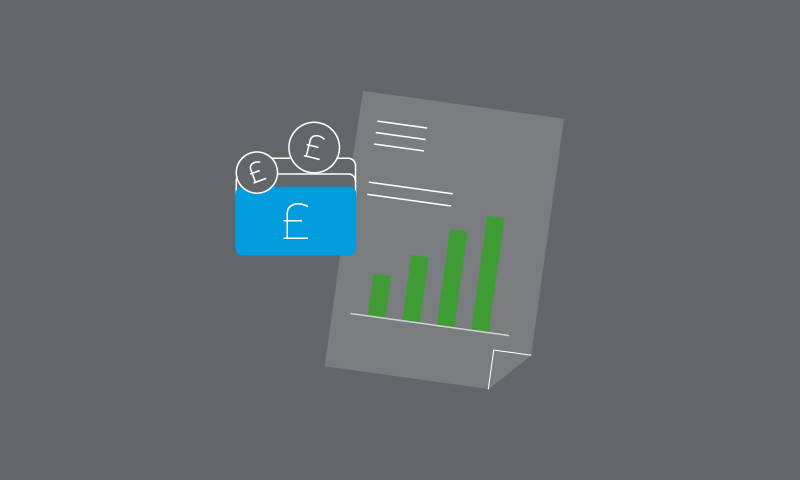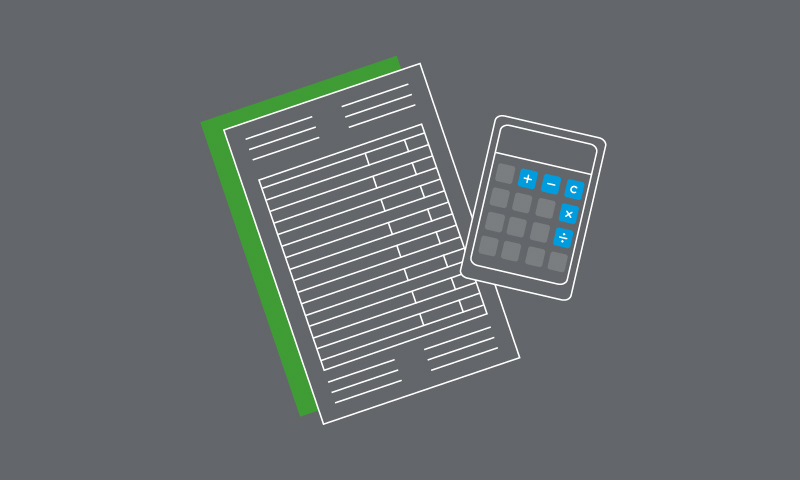22 June 2022
Despite the huge drop in real incomes this year, we think the UK will narrowly avoid recession due to the strength of household balance sheets, a tight labour market and the timing of the peaks in inflation and bank holidays this year. However, the UK economy faces a difficult year regardless of whether the technical definition of a recession is met or not.
We set out in a previous note that 2022 is likely to be remembered for the sharpest drop in household incomes on record, thanks to a dramatic surge in inflation. Indeed, although nominal earnings will rise by something like 4% this year, real incomes will still be sharply negative because inflation ought to be around 7.5%. Once we factor in tax increases (eg to NICs) and the relatively small lift to benefits, real household disposable incomes (RHDI) are on track this year for a record fall of about 2%.
Given this huge drop in real incomes, it could seem surprising that we (and most other economic forecasters) aren’t predicting a large recession for later this year. After all, disposable income is closely tied to consumer spending, which makes up two thirds of UK GPD, and previous large drops in RHDI have led to a slump in consumer spending and recessions. But there are three key reasons why we think this time is different and the UK will narrowly avoid a recession this year:
- Exceptionally strong household balance sheets
- A tight labour market
- The timing of the inflation peaks and bank holidays
Strong household balance sheets
First, during the pandemic households accumulated close to £250bn of excess savings and paid down around £25bn of consumer debt. To put that into context, UK households spent about £33.5bn on electricity and gas in 2021, so a 50% rise would see them spending an extra £17bn. The strength of households’ balance sheets would allow them to dip into their savings or borrow more to offset the drop in their real incomes.
Admittedly, this pile of savings is not distributed evenly – the bottom 40% of households, for example, have fewer savings now than before the pandemic. For low income workers, who weren’t able to bolster their savings during the lockdowns, borrowing may be the only option if they want to maintain their spending. Indeed, the latest data from the Bank of England suggests that consumers are starting to borrow more and save less. Net consumer credit rose by £1.9bn in February, almost double its pre-pandemic average of £1bn. Most of this rise (£1.5bn) was due to higher credit card spending. What’s more, households deposited about £5.1bn in bank and NS&I accounts in February, lower than the average monthly net flow of £5.5bn during the 12-month pre-pandemic average.
A tight labour market
Second, one reason why consumer spending tends to fall sharply during recessions is because households are concerned about their employment prospects. If consumers fear losing their jobs, they tend to spend less and save more, reducing aggregate demand and deepening a recession. That said, the labour market is exceptionally tight at the minute.
Indeed, the unemployment rate fell back to its pre-pandemic level of 3.8% in February, and pay growth jumped to 5.4%, well above its pre-pandemic levels. Vacancies also rose to a new record. It’s clear that there is both abundant demand for labour and a tight labour market, and that combination is driving wages higher.
As a result, consumers have less reason to be concerned about losing their jobs and plenty of reason to think that they would be able to find other work quickly if necessary. In fact, the long-running GfK consumer confidence survey shows that while concerns about the future general economic situation have dropped by 25 points to -49 since December, concerns about future unemployment have risen by only 7 points to 27. So, households are very concerned about how far their money will go, but much less concerned about facing unemployment, which should give them more confidence to spend than they would normally have had when facing a sharp drop in real incomes.
Extra bank holiday tips the balance
Third, Ofgem revises its energy price cap in April and October, which means that inflation, and the hit on consumers wallets, will peak in Q2 and Q4. What’s more, there will be an extra one-day national holiday in June to celebrate Queen Elizabeth II’s 70 years on the throne.
In the past, an extra day off has had a significant impact on monthly GDP. In 2002 and 2012, when there were two holidays in June for the Queen’s golden and diamond jubilees, output fell around 2% before rebounding. On a quarterly basis, we estimate those national holidays subtracted 0.5ppt from quarterly GDP growth in 2Q and added the same amount in 3Q.
As a result, we expect GDP to fall by about 0.1% in Q2, rebound by about 0.3% in Q3, then fall again in Q4 by around 0.1%. This means that the technical definition of recession, ie two consecutive quarters of negative growth, is unlikely to be met because of the rebound in output from the extra bank holiday.
For most firms in the real economy, however, whether the technical definition of a recession is met misses the point. The big picture is that UK economy is in for a very challenging period over the next year. And we feel that the risks to our forecast are weighted to the downside. It would not take much to reduce growth in Q2 2022 or Q1 2023, and tip the economy into recession.









